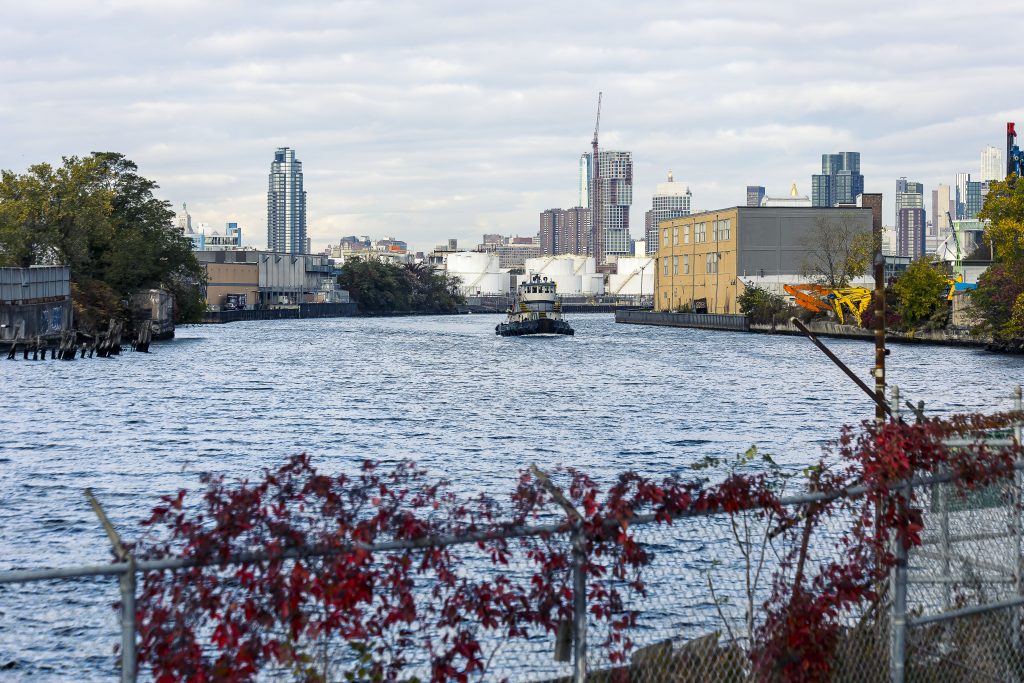
The National Oceanic and Atmospheric Administration (NOAA), New York State Department of Environmental Conservation (NYSDEC), and the U.S. Fish and Wildlife Service cialis mail order (USFWS) collectively serve as the Trustees for Newtown Creek. They drafted the Natural Resource Damage Assessment (NRDA) to seek compensation for restoring injured1 natural resources and services resulting from industrial activities that released oil or hazardous substances.
Damages (e.g., money) collected by the Trustees from parties potentially responsible for the contamination (e.g., Exxon, National Grid, etc) will be used to plan, implement, and monitor restoration projects. NRDA projects could include:
🌱Constructing salt marsh wetlands
🐟Creating fish + shellfish + bird habitat
🛝Enhancing public access
🛶Improving recreational opportunities (e.g., fishing & boating)
The natural resources on Newtown Creek, like the birds, fishes, plants, and waterways, provide invaluable benefits to both the environment and us humans. We want to learn about how you interact with these natural resources so we can drive better plans to clean up the Creek, restore more habitat for wildlife, and increase access for people living and working around the area.
You can submit comments about the NRDA plan and the future of Newtown cialis tablets Creek to the Trustees. The public comment period ends on May 30th, 2024.
Here are some questions that you can write about in your comments:
- Natural Resources on Newtown Creek are important to me because…
- I want to access the Creek because…
- Activities I would like to do more of on the Creek include…
NCA also created postcards for people to fill out comments about the NRDA. You can download and print them out yourself.
Comments can be sent to: NYS Department of Environmental Conservation Natural Resource Damages Section
c/o Alicia Pasos
625 Broadway, 14th Floor
Albany, NY 12233
E-mail: nrd@dec.ny.gov
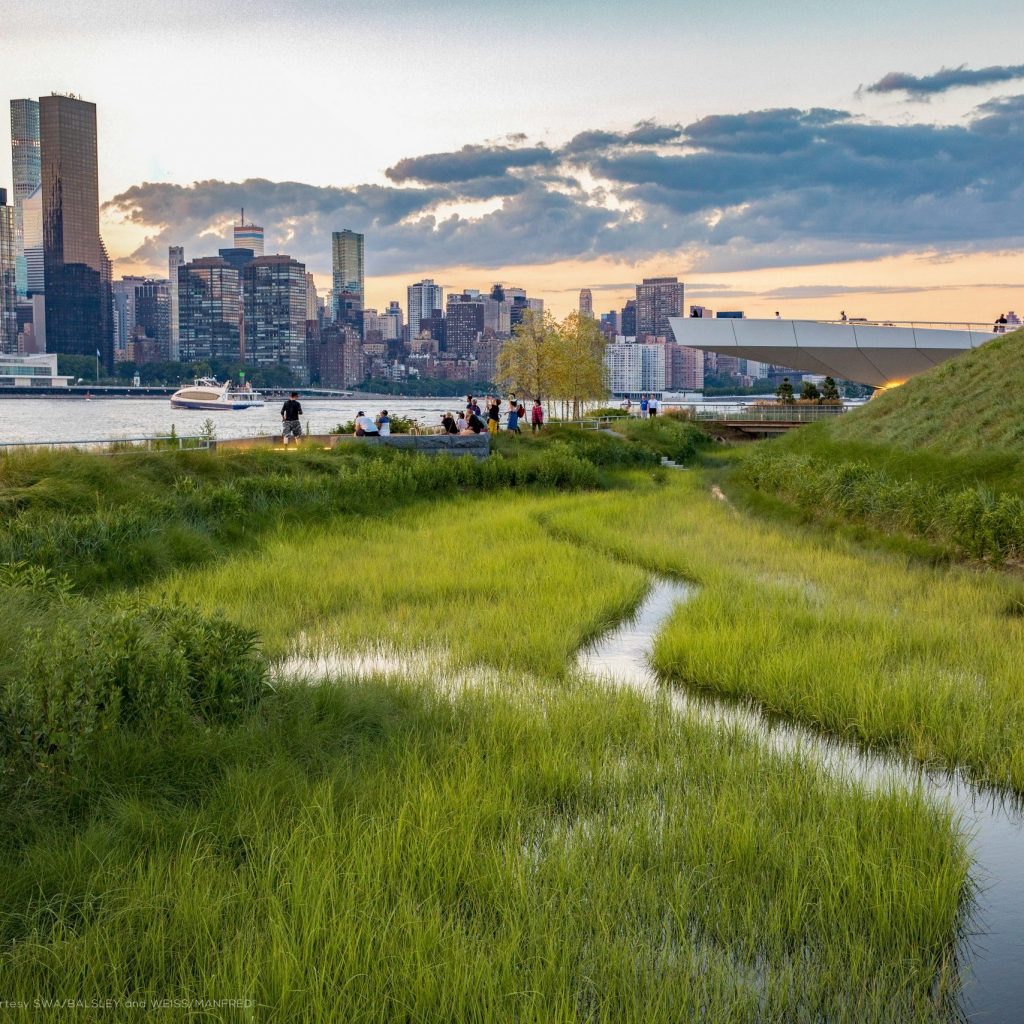
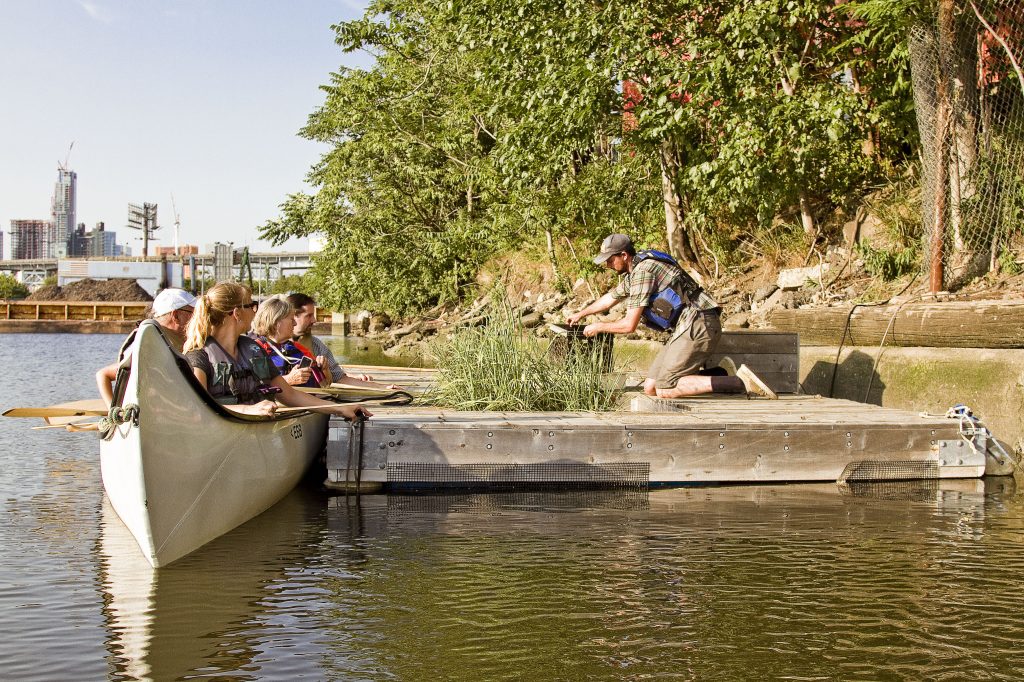
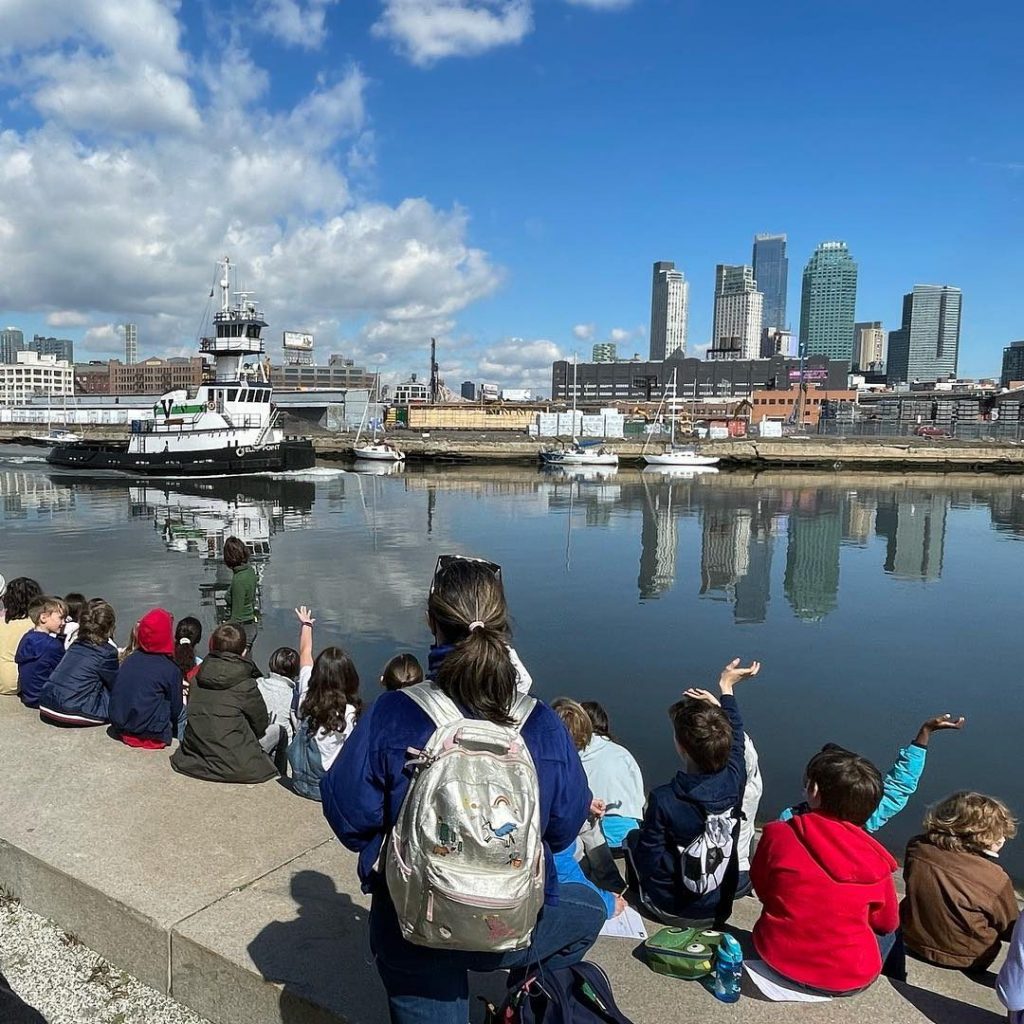
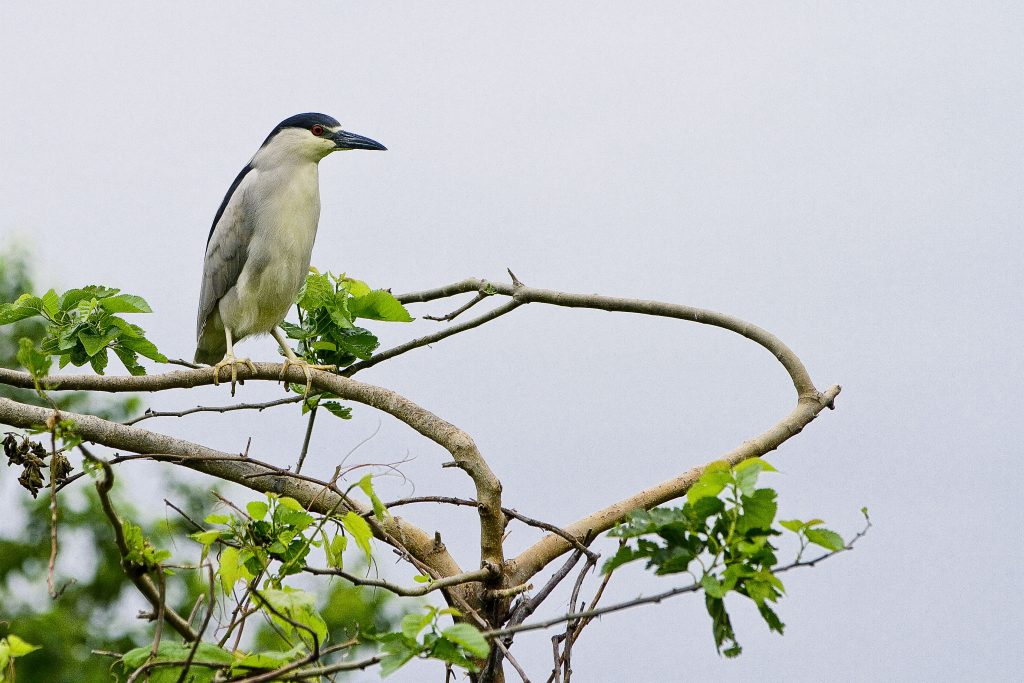
- In NRDA, injury refers to a decrease in a natural resource’s ability to provide services due to contamination. E.g., Lower nesting success in birds; Contaminant concentrations in groundwater exceeding drinking water thresholds. ↩︎
